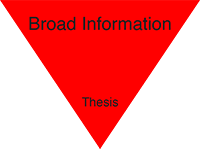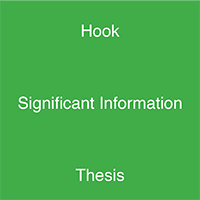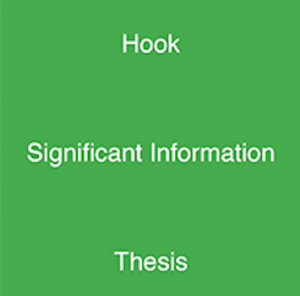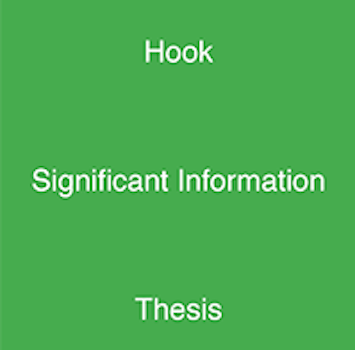Dear Writing Diary,
In the beginning, writing was simply done with ink and paper. Scribes would scribble, and they were the elite chosen for this purpose. Now, we have come to the point where most of our writing is done in frantic, haphazard typing sessions an hour before class, and we are left wondering: How do I construct this introduction?! Do I begin with The Beginning? Do I begin with the dreaded thesis? I’m stuck, Diary. I have not even gotten to writing my body paragraphs or conclusion because I have been sitting here staring at a blank page and blinking cursor. Will I ever get past the past?
Sincerely,
Intro Limbo
Dear Intro Limbo,
The quick answer is yes, you will get past the past. You are not the only person (or literary dimension) who has ever struggled with forming a cohesive introduction to an essay. No matter how short the paper, somehow the introduction continues to stump writers from all disciplines and of all proficiencies. So, I will bestow upon you some tips that will help you exit limbo.
First, do not start with the introduction.
“What? But it’s the beginning of my paper!”
Yes, I know, hypothetical dialogue participant, but the introduction does not have to be your starting point during the writing process! When you are ready to begin writing, after you have done some research into your topic and have possibly composed an outline for the essay, try beginning with your body paragraphs rather than the introduction. Try following these steps through the writing process before composing a finalized version of your introductory paragraph:
Start drafting the body paragraphs. Do not focus so much on flow yet--focus on getting your key ideas down on the paper.
After this drafting process, look back through your body paragraphs. You might try reading them aloud to yourself. Occasionally tweak them to allow them to logically move from one point to the next.
Now, read them one more time, this time looking for information gaps that might make your readers raise their eyebrows. What background information is missing from your essay that your readers need to know?
Based on the information gaps, start roughly drafting your introduction.
Now you have a rough draft of your introduction that contains some background knowledge for your readers. This construction will help your readers have a basic idea of the direction you are heading in with your paper. But, that is not all that an introduction needs to be. An introduction needs to contain three more things:
A hook. This sentence should kick off your introduction in a way that makes the reader get the impression that what you have to discuss is important. Good hooks will generally introduce thematic elements of your paper, or they can point out a gap in scholarship regarding your topic.
Information that is legitimately pertinent to your main argument/topic. If you only provide background information without stating its relevance to your topic, your readers will likely be confused when they get to your first body paragraph because they will not know what you are arguing in your paper.
A thesis statement. Writers typically insert the thesis statement as one sentence at the end of the introductory paragraph. Though this format is not always the case with other cultures, western readers have become accustomed to it. Placing your thesis at the end of your introduction is a fairly safe bet unless your instructor tells you otherwise.
If you apply these three elements to your introduction, whilst weaving in significant background information your readers need in order to understand your main argument/topic, then you’re on your way to exiting Intro Limbo!
Remember: make sure your introduction is more of a cohesive whole with all of this information rather than a funnel. Funnels start with the extremely broad before getting to the point (e.g. your letter). Figuratively, they look like this:

This structure looks unstable--it could tip over at any time. A cohesive whole is a lot stronger because it weaves the information together in a way that keeps your argument in the mind of the reader the entire time they are reading your paper. Consider this figure instead:

It may look plain, but it’s cool to be a square.
Keep moving forward,
Writing Diary
1. Dr. Carl Eby informed me of this shape of an introduction when he was giving me feedback on the final essay I wrote for the ENG 5660 class on Ulysses.

